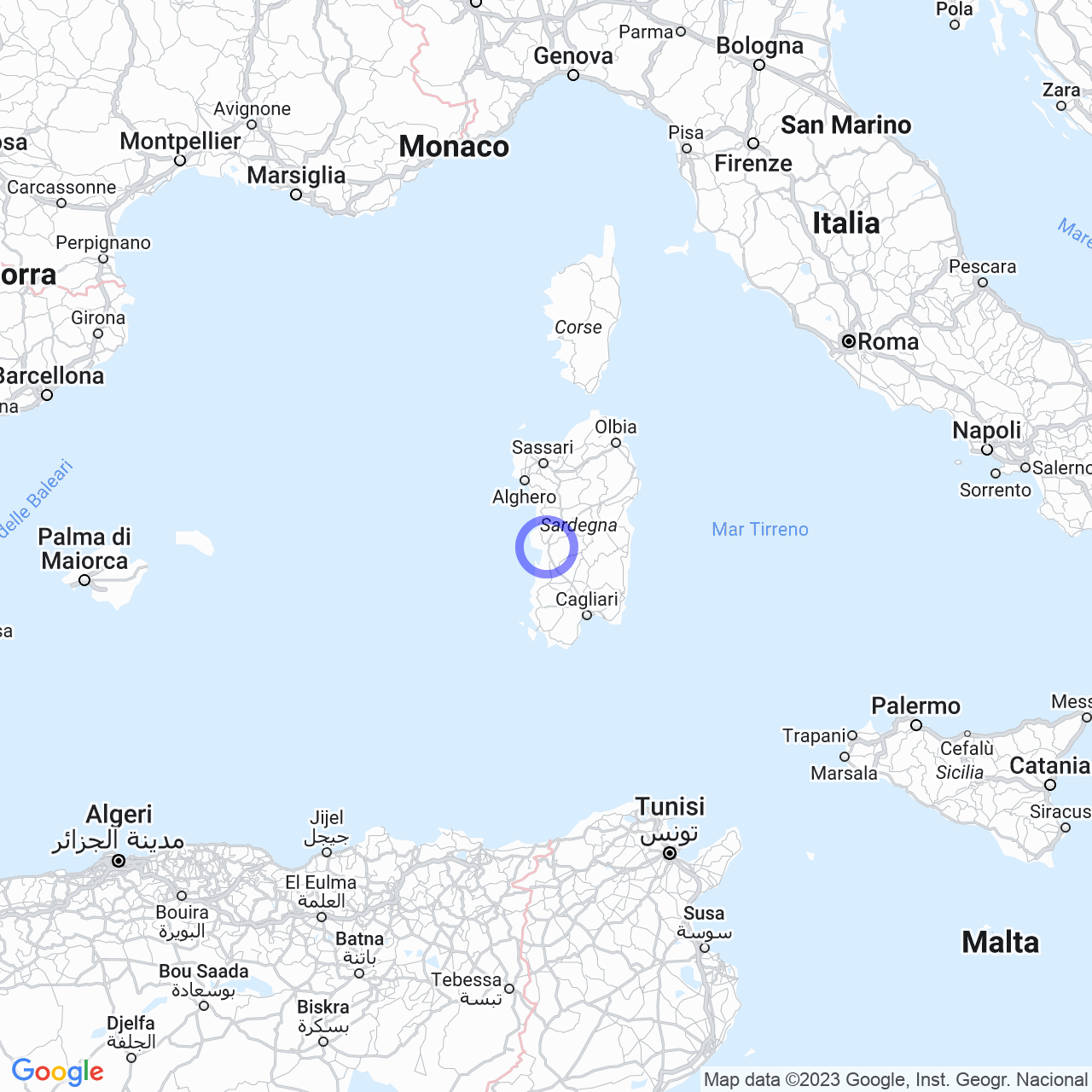Nuraxinieddu
Welcome to Nuraxinieddu
Hello everyone and welcome to Nuraxinieddu! This small hamlet in the municipality of Oristano, located in the Campidano plain, is home to around 730 people and is only 3.5 km away from the center of Oristano. In this text, I will talk about the history of Nuraxinieddu, from its founding in the 11th century until today.
The history of Nuraxinieddu
Nuraxinieddu was founded along with Masone de capras (Cabras) in the 11th century. Its founder was Donna Nibata, wife of the judge of Arborea Orzocco I de Lacon-Zori. Initially, it was a rural aggregation owned by the judges or their relatives, but in the 12th century, it acquired the legal form of a village (in Sardinian language “bidda”), with its own territory and a “maiore de villa” to manage justice.
Nuraxinieddu was part of the curatorship of Campidano Maggiore, together with nineteen other villages, many of which have now disappeared. In the 12th century, it hosted various “Corone de logu”, assemblies composed mainly of curators in which the judge administered justice.
Remains of residential structures and ceramic fragments dating back to the 12th century have recently been found along the State Road 292. It is not yet known exactly where Nuracinigellu, the black basalt stone nuraghe from which the name of the village originates, was located, but the most plausible hypothesis is that it stood behind the cemetery in an area called “Su Cungiau ‘e Funtà”.
With the end of the Kingdom of Arborea in 1410, Nuraxinieddu was included in the Marquisate of Oristano and then incorporated, in 1479, into the Crown of Spain. During the two centuries of Spanish domination, the community maintained its rhythms and way of life.

Nuraxinieddu in the 17th century
In the 17th century, Nuraxinieddu had to face a serious crisis and suffering. In 1637, the village was devastated by an incursion of French soldiers landed on the marina of Torregrande, along with Oristano and other neighboring villages. The population was reduced to eleven family units.
Nuraxinieddu today
Today, Nuraxinieddu is a hamlet that primarily lives off agriculture and livestock farming. However, the area has also been affected by a residential boom in recent years, with the construction of the new municipal sports center and many new homes. The hamlet also has an interesting archaeological site, such as the countryside church of San Pietro di Zuri, which dates back to the 11th century but has additions and modifications over time. The church has a very simple and sober architecture, but the interior is decorated with frescoes dating back to the early 17th century.
In conclusion, despite the difficulties of the past, Nuraxinieddu has been able to maintain its identity and its history, and today is a delightful small hamlet to live in. If you decide to visit it, don't forget to admire its beauties and learn about its history.
